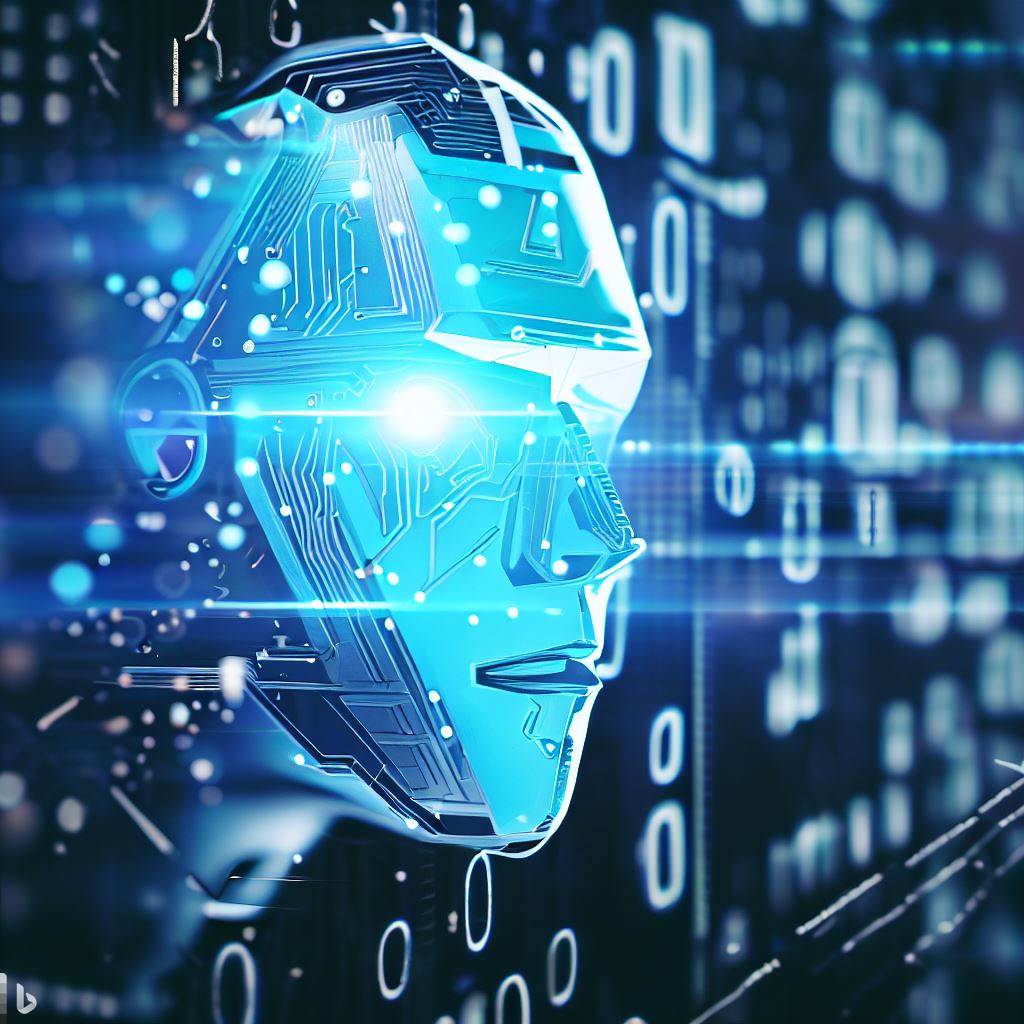In today’s digital environment, where data reigns supreme, strong cybersecurity measures have never been more important. As the amount and complexity of data expand dramatically, traditional security measures are more unable to maintain pace. This is where artificial intelligence (AI) emerges as a game changer, transforming how businesses secure their important data assets.
At the heart of AI’s influence on data security is its capacity to process massive volumes of data at unprecedented rates, extracting insights and patterns that human analysts would find nearly difficult to identify. AI systems may continually learn and adapt by using the power of machine learning algorithms, allowing them to stay one step ahead of developing cyber threats.
One of the most important contributions of AI in data security is its ability to detect suspicious behaviour and abnormalities. These sophisticated systems can analyse user behaviour, network traffic, and system records in real time to detect deviations from regular patterns that might signal malicious activity. This proactive strategy enables organisations to respond quickly to possible risks, reducing the likelihood of data breaches and mitigating any harm.
Furthermore, the speed and efficiency with which AI processes data allows organisations to make prompt and educated choices. AI systems can identify insights and patterns that would take human analysts much longer to uncover. This expedited decision-making process is critical in the fast-paced world of cybersecurity, where every second counts in avoiding or mitigating a compromise.
AI also excels in fact-checking and data validation. AI systems can swiftly detect inconsistencies, flaws, or possible concerns in datasets by utilising natural language processing and machine learning approaches. This feature not only improves data integrity, but also assists organisations in complying with various data protection requirements and industry standards.
One of the most disruptive characteristics of artificial intelligence in data security is its capacity to democratise data access. Natural language processing and conversational AI interfaces enable non-technical people to quickly analyse complicated datasets and derive useful insights. This democratisation enables organisations to use their workforce’s collective wisdom, resulting in a more collaborative and successful approach to data protection.
Furthermore, AI enables the automation of report production, ensuring that security information is distributed uniformly and quickly throughout the organisation. Automated reporting saves time and money while also ensuring that all stakeholders have access to the most recent security updates, regardless of location or technical knowledge.
While the benefits of AI in data security are apparent, it is critical to recognise the possible problems and hazards of its deployment. One risk is that enemies may corrupt or control AI systems, resulting in biassed or erroneous outputs. Furthermore, the complexity of AI algorithms might make it difficult to grasp their decision-making processes, raising questions about openness and accountability.
To solve these problems, organisations must take a comprehensive strategy to AI adoption, including strong governance structures, rigorous testing, and continuous monitoring. They must also prioritise ethical AI practices, ensuring that AI systems are designed and deployed with justice, accountability, and transparency as goals.
Despite these obstacles, AI’s influence on data security is already being seen in a variety of businesses. Leading cybersecurity businesses have adopted AI-powered solutions, which provide enhanced threat detection, prevention, and response capabilities.
For example, one well-known AI-powered cybersecurity software uses machine learning and AI algorithms to detect and respond to cyber attacks in real time. Its self-learning technique enables it to constantly adapt to changing systems and threats, giving organisations a proactive defence against sophisticated cyber assaults.
Another AI-powered solution combines pre-directory solutions with endpoint security solutions, which is noted for its effective threat hunting skills and lightweight agent for protection. Another AI-driven cybersecurity technology excels in network detection and response, assisting organisations in effectively identifying and responding to attacks across their networks.
As AI usage in cybersecurity grows, it is obvious that the future of data security rests on the seamless integration of human knowledge with machine intelligence. By using AI’s skills, organisations may gain a major competitive edge in securing their most important assets – their data.
However, it is critical to note that AI is not a solution to all cybersecurity issues. It should be considered as a strong tool that supplements and improves existing security measures, rather than a replacement for human experience and good security practices.
Finally, the actual potential of AI in data security comes in its capacity to enable organisations to make educated decisions, respond to attacks quickly, and take a proactive approach to an ever-changing cyber threat scenario. As the world grows more data-driven, the role of AI in protecting our digital assets will only grow in importance.
Contact us at open-innovator@quotients.com to schedule a consultation and explore the transformative potential of this innovative technology






